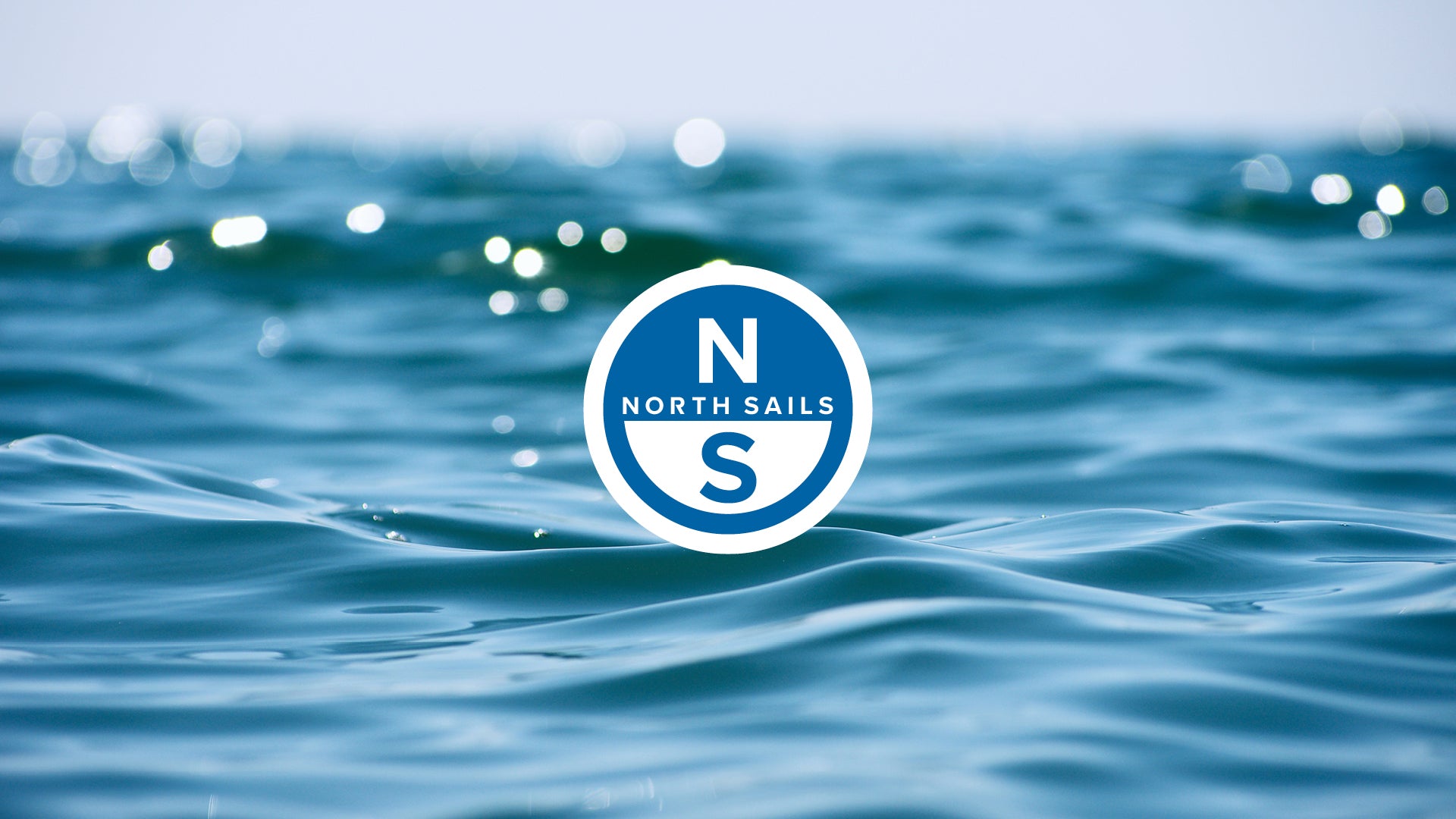MC 38 TUNING GUIDE
Congratulations on the purchase of North Sails for your McConaghy 38 . The MC38 is a new and exciting class which North Sails are proud to be associated with. The following information will allow you to set up your rig to our recommended base settings and allow you to be competitive from the first time you hoist the sails.
We recommended you keep an accurate log of all rig changes you do with notes about the conditions on the day. This is the best way to refer your setup to past sailing days and will ultimately allow you to develop your own settings that work with the way you and your team sail your boat and your local conditions.
The McConaghy 38 is a new class and developments are happening quickly as more and more sailors experience the boat. Please check with your local North Sails rep representative about the latest tuning developments and tips.
In order to complete this guide you will need the following tools;
- 30 meter tape measure
- Retractable metal tape
- Wet notes book
- Bosuns chair
- Rig adjustment tools
- Straight edge
- Marker pen
- 6-7 crew
1. Confirm the “J” measure
The mast chocks are factory fitted onto the mast cannot be altered in the mast gate at all however it is worth checking the position to ensure it is correct as this has a big influence on the masts pre bend. Measure from the front face of mast along the deck to the intersection of the forestay and sheer. Put a straight edge across the jib tack trough to get the sheer and measure to the center line of the forestay. This measure should = 4600mm
2. Confirm Mast butt position
Using the retractable metal tape measure from the aft face of the mast below deck straight across to the forward most keel bolt. This measure should be = 450 mm
3. Confirm the rake
Take a halyard and attach a heavy weight such as a bucket of water to it. Position the halyard so when it is lying against the mast the bucket of water is suspended off the deck. Mark the halyard at the top of the gooseneck band and then swing your halyard with bucket attached out to the forestay marking the forestay equal with your halyard mark. Take your metal tape and measure from this forestay mark down to the intersection of forestay and sheer . Use your straight edge across the jib tack trough to determine the sheer position. This measure should = 2240mm
4. Set the mast jack height
Check that the mast is all the way down on the mast jack and resting on the collar at the base. With all shrouds eased off so that they are slack pump the mast jack up so that the mast chocks which are bonded to the mast are flush with the deck. You may have to remove the neoprene cover to see. This is now your max jack up position. Measure from the top of the collar on the ram to the mast base. This is how much travel you have in the ram.
Note. Ensure there is wax/lubricant around the mast collar to reduce friction which may influence jack pressure
5. Step the V1 shrouds
Ease the jack all the way down then wind the V1 shrouds on 5 turns. Pump the jack up to your max jack height and check the pressure. You are aiming for a measure of 2000 psi. Keep winding on the V1’s evenly until this is achieved.
6. Check the mast is in the center
Take your 30m tape and attach it to the jib halyard. Hoist the halyard so it is in the lock and then measure down to the intersection of cap shroud and deck on both sides. If the mast is not in center adjust the X1’s accordingly.
7. Tension the D1 & D2 shrouds
Ease the mast down and adjust the D1’s until the jack reads 2350 psi. Once this is achieved adjust the D2’s until the jack reads 2600si. this is your max jack pressure. Sight up the mast to ensure it is straight sideways. If not adjust D1/D2’s accordingly
Note. All jack readings are based upon the Enerpac P392 jack
8. Jib leech trim marks
Mark the spreaders port and starboard with white tape parallel to the centerline of the boat. From the center of the mast measure along the front edge of the spreader and mark with tape.
Upper spreader =540mm
Lower spreader = 840mm
9. Go sailing
Go sailing in about 10kts + . You need enough wind to have a full crew on the rail and hiking. To finish your tune ensure you are max jack pressure with the ram at max up position. Sight the rig looking up the aft face and check on each tack. The mast should be straight side to side. If not adjust D’s accordingly.



























